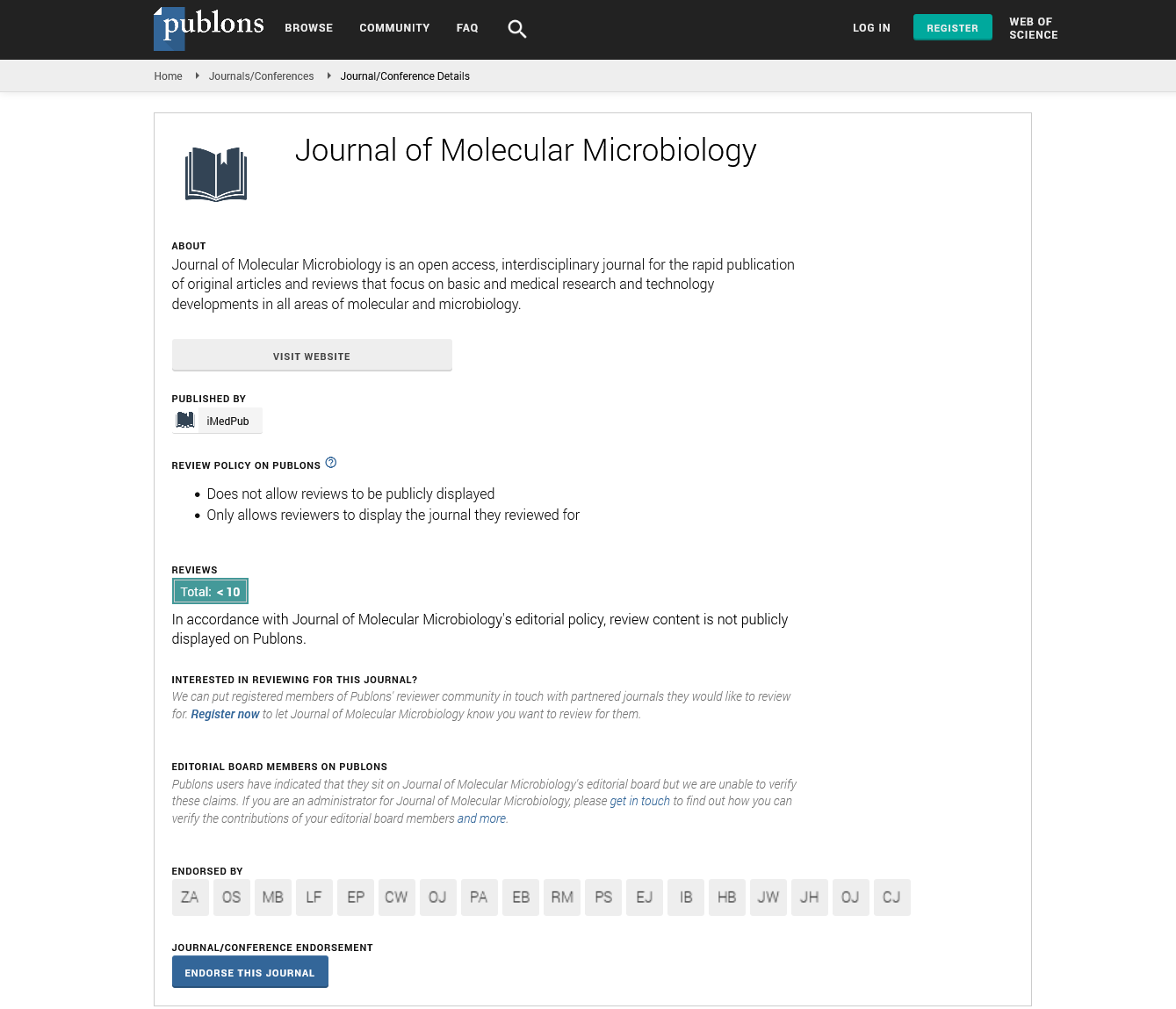Abstract
Meningeal Signs âÃâ¬Ãâ ItâÃâ¬Ãâ¢s Validity in Suspected Meningitis
Abstract Background: Meningitis, an inflammation of meninges, a common medical emergency. Meningeal signs like Kernig’s sign, Brudzinski’s sign, and neck rigidity are used specifically to assess a patient’s with suspected meningitis. However, these signs are not pathognomonic for meningitis. The aim of study is to validate the meningeal signs in 75 adults with suspected meningitis. Methods: Seventy-five patients admitted to our tertiary hospital with suspected meningitis were selected and divided into two groups: Patients with meningitis (n=62) and Patients without meningitis (n=13). Meningitis was considered to be present if the CSF WBC count was ≥ 6/cmm. The three meningeal signs Kernig’s sign, Brudzinski’s sign and nuchal rigidity noted in each patient prior to lumber puncture. The sensitivity, specificity and P-value calculated. Results: Demography and clinical presentation of patients with meningitis (n=62) were similar to those without meningitis (n=13). Meningeal signs - Of the 62 patients with meningitis (WBCs/cmm of CSF ≥ 6) who were examined prior to lumbar puncture, neck rigidity in 46 (74.2%), Kernig’s sign in 37 (59.68%) and Brudzinski’s sign in 18 (29.03%) patients. None of the meningeal signs shown to have statistical significance (P<0.001). Kernig’s sign had a sensitivity of 60% and specificity, 85% whereas Brudzinski’s sign had 29% and 92% respectively. Sensitivity and specificity for nuchal rigidity were 74% and 77% respectively. Conclusion: Our study suggest that Kernig’s and Brudzinski’s signs are not sensitive for detecting meningitis and therefore, if not present, it can’t exclude the diagnosis of meningitis. Nuchal rigidity is the only meningeal sign with clinical usefulness. Keywords Meningeal signs; Diagnostic; Meningitis Introduction Meningitis, an inflammation of meninges, is lifethreatening medical emergency. Quick and accurate evaluation by history and clinical examination is helpful to make a diagnosis of meningitis and starting early treatment. Kernig’s sign, Brudzinski’s sign, and neck rigidity are three bedside diagnostic signs used specifically to assess a patient’s with suspected meningitis. The presence of these signs, however, is not pathognomonic for meningitis.1 the aim of study is to determine the validity of Kernig’s sign, Brudzinski’s sign, and neck rigidity for meningitis in 75 adults with suspected meningitis Materials and Method The study conducted between February 2016 and February 2017 at Sri Krishna Medical College and Hospital, Muzaffarpur, Bihar (India), a tertiary care center, in 62 patients had meningitis, were compared with 13 patients without meningitis after prior consent and ethical approval. The diagnosis of meningitis was made on the basis of clinical symptoms and signs like headache, fever, nausea, vomiting, nuchal rigidity, presence of Kernig’s and/or Brudzinski’s sign, altered sensorium, any focal neurological deficit with no other general medical condition explaining them. Patients were divided into two groups: Group A - Patients with meningitis (n=62) Group B - Patients without meningitis (n=13) Patients with “no meningitis” had clinical symptoms and signs of meningeal irritation but normal cerebrospinal fluid findings and diagnosis other than meningitis made. Meningitis was considered to be present if the CSF WBC count was ≥ 6 WBCs/cmm. The three classic meningeal signs Kernig’s sign, Brudzinski’s sign, and nuchal rigidity noted in each patient prior to lumber puncture Clinical methods used to elicit the meningeal signs 1. Kernig’s sign 2 -Patient is kept in supine position, hip and knee are flexed to a right angle, and then knee is slowly extended by the examiner [2]. The appearance of resistance or pain during extension of the patient’s knees beyond 135 degrees constitutes a positive Kernig’s sign. 2. Brudzinski’s sign -To elicit this sign, the examiner keeps one hand behind the patient’s head and the other on chest in order to prevent the patient from rising [3]. Reflex flexion of the patient’s hips and knees after passive flexion of the neck constitutes a positive Brudzinski sign. 3. Nuchal rigidity -Resistance felt while passively flexing the neck in supine position. Lumbar puncture was done in each case and at least 2ml of CSF was collected in a sterile vial. Hemorrhagic CSF was excluded from the study. The CSF biochemical and microscopic examination done in each. SPSS 19.0 was used for statistical analyses. Patient’s ages were described as mean ± standard deviation. Continuous variables were compared by the t-test and dichotomous variables were compared by Fisher’s exact test for two by two comparisons or Pearson χ2 for greater thantwo responses. P ≤ 0.001 was considered to be statistically significant. Conclusion Although both Kernig’s and Brudzinski’s signs have low sensitivity and high specificity, they are not sensitive for detecting meningitis and therefore, can’t be used to exclude the diagnosis of meningitis. Nuchal rigidity with high sensitivity and specificity could be of clinically useful. A larger number of patients need to be studied with standardization of clinical method for elicitation of meningeal signs.
Author(s): Kumar M1*, Das B2 and Kumar D2
Abstract | PDF
Share This Article
Google Scholar citation report
Citations : 86
Journal of Molecular Microbiology received 86 citations as per Google Scholar report
Journal of Molecular Microbiology peer review process verified at publons
Abstracted/Indexed in
- Google Scholar
- Publons
Open Access Journals
- Aquaculture & Veterinary Science
- Chemistry & Chemical Sciences
- Clinical Sciences
- Engineering
- General Science
- Genetics & Molecular Biology
- Health Care & Nursing
- Immunology & Microbiology
- Materials Science
- Mathematics & Physics
- Medical Sciences
- Neurology & Psychiatry
- Oncology & Cancer Science
- Pharmaceutical Sciences
